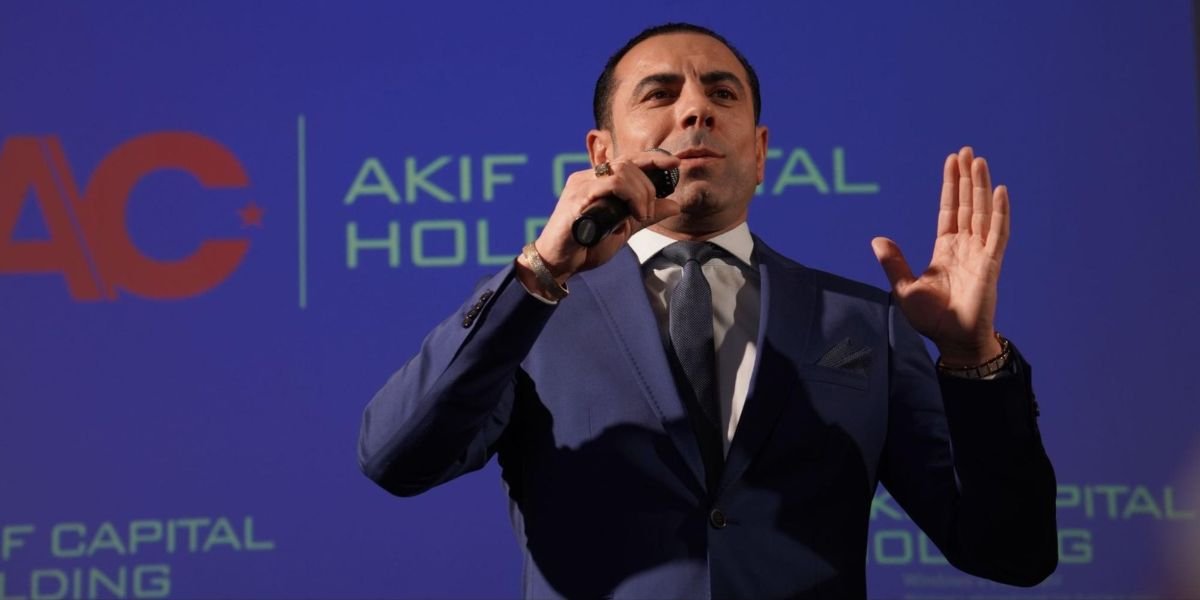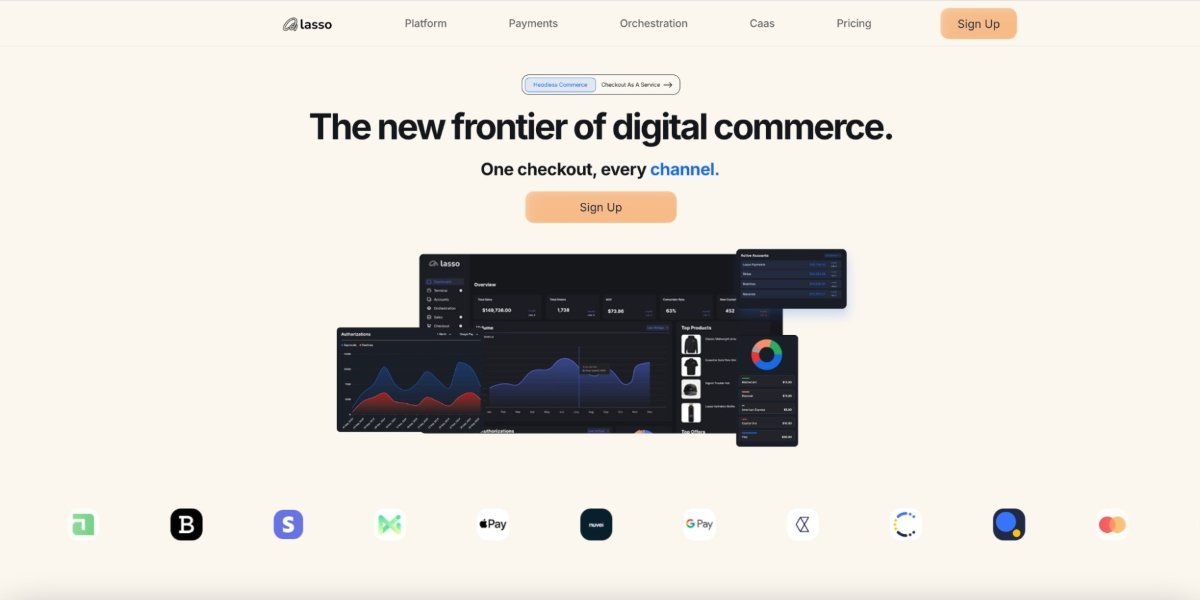The circular economy redefines how businesses think about production, consumption, and waste. This approach aims to minimize resource use, extend the lifecycle of materials, and reduce environmental impact. In recent years, companies across industries have adopted circular practices to boost resource efficiency and meet the growing demand for sustainable solutions. But what is driving this shift, and what does it mean for the future of business?
Why Is the Circular Economy Gaining Momentum?
The rise of the circular economy responds to two urgent global challenges: resource depletion and environmental degradation. For decades, businesses operated under a linear model—extract, produce, consume, and dispose. This “take-make-waste” approach relies on infinite resources and disposal capacity, neither of which are realistic in today’s world.
Consumers are now demanding more sustainable practices. People want to know where their products come from and how they are made. This expectation shift has pressured businesses to adopt circular models emphasizing reusing, recycling, and repairing rather than discarding materials. Brands that embrace these changes address environmental concerns and enhance their reputation with eco-conscious consumers.
Advancements in technology have further accelerated this trend. Tools like AI and blockchain enable businesses to track materials throughout their lifecycle, ensuring transparency and efficiency. For example, fashion industry companies use blockchain to certify that textiles are recycled or ethically sourced. These innovations make the circular economy more practical and scalable for businesses of all sizes.
Regulatory policies also play a significant role. Governments worldwide enact stricter waste management laws and promote sustainable practices through incentives. In the European Union, initiatives like the Green Deal push for resource efficiency by encouraging businesses to minimize waste and prioritize circular designs. As regulations tighten, companies that fail to adapt risk falling behind.
How Does the Circular Economy Transform Business Practices?
For businesses, the circular economy represents both a challenge and an opportunity. Shifting from a linear to a circular model requires rethinking every aspect of operations, from product design to supply chain management. However, companies that embrace these changes can reap significant benefits.
One of the most notable transformations is in product design. Businesses are increasingly creating goods with durability and recyclability in mind. For instance, electronics manufacturers are designing devices that can be easily repaired or upgraded, reducing the need for new products. This cuts costs and appeals to consumers who value sustainable choices.
The circular economy also emphasizes closed-loop supply chains. Instead of discarding used products, businesses collect and refurbish them, creating a continuous cycle of use. Automotive companies like Renault have pioneered this model, remanufacturing parts from old vehicles to produce new ones. This approach conserves resources, lowers production costs, and reduces waste.
The shift to circular practices has also fostered innovation in materials. Businesses are exploring alternatives to traditional, resource-intensive materials. For example, the packaging industry is experimenting with biodegradable materials and reusable containers, while the construction sector incorporates recycled materials into buildings. These innovations not only reduce environmental impact but also open up new markets for sustainable products.
Despite these advantages, the transition to a circular economy is challenging. Businesses must navigate initial costs, redesign supply chains, and overcome resistance to change. Collaboration is key. Partnerships with suppliers, governments, and competitors can help create the infrastructure to support circular practices.
What Does the Future Hold for the Circular Economy?
The circular economy is poised to become a cornerstone of modern business. As resources grow scarcer and environmental concerns mount, companies prioritizing resource efficiency will lead the way. This shift is not just about sustainability but also long-term profitability and resilience.
For consumers, the circular economy means greater access to sustainable products and services. Rental and subscription-based models, for instance, are gaining popularity in industries like fashion and technology. These models allow consumers to enjoy products without owning them, reducing waste and promoting a culture of reuse.
Businesses will continue to leverage technology to enhance circular practices. Artificial intelligence can optimize production processes, while digital platforms can connect businesses with consumers for product take-back programs. These tools will make it easier to implement and scale circular models.
Governments are expected to play an even larger role in the circular economy. Policies promoting extended producer responsibility (EPR) will require companies to take ownership of their products throughout their lifecycle. Tax incentives for sustainable practices and penalties for wasteful operations will further encourage adoption.
However, achieving a truly circular economy will require a collective effort. Consumers, businesses, and policymakers must work together to shift mindsets and establish the systems needed to support circularity. Education and awareness campaigns will be essential to drive behavioral change and ensure widespread participation.
Ultimately, the circular economy represents a new way of thinking about growth and prosperity. By prioritizing resource efficiency and sustainability, businesses can thrive while protecting the planet for future generations.
The transition to a circular economy is reshaping industries and redefining business success. Companies that embrace this model stand to gain not only environmental benefits but also economic and competitive advantages. As the world moves toward a more sustainable future, the circular economy will remain at the heart of innovation and progress.











